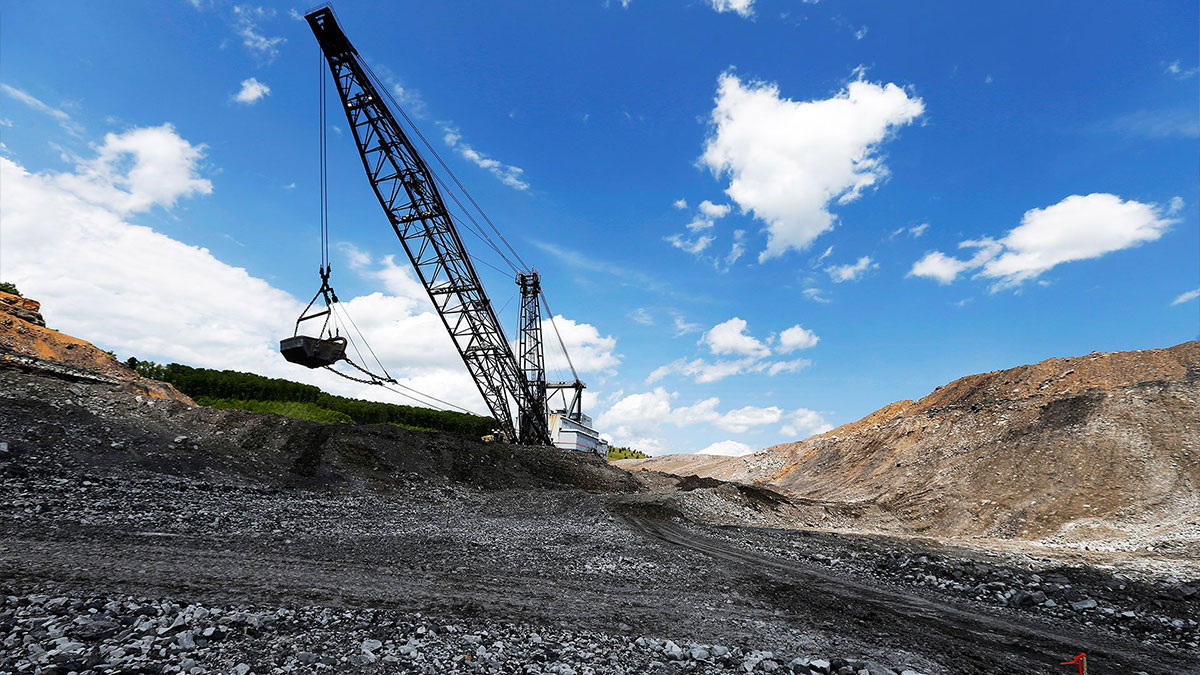The government will spend funds costing Rs 100 million during the present fiscal year to advance the current project of the Petroleum Division for the geological mapping of 50 toposheets of the ‘outcrop area’ to detect the minerals potential in Balochistan.
Last year, a cost of Rs 30 million had been assigned for the project under the Public Sector Development Programme (PSDP) 2021-22.
“The project will undertake geological mapping of 50 out of 354 unmapped toposheets of the outcrop area in Balochistan. The geological maps provide a bird’s eye view of the surface and (sub-surface) distribution of various types of rocks and economic minerals that are found in the particular region,” according to an official document.
“These maps are essential for all future detailed geological works including minerals’ exploration, civil engineering, soil surveys, land use, town planning, groundwater, earthquake hazards, environmental geology, and soil conservation projects,” as stated by the GSP document.
Read more: Saudi firm to set up refinery in Gwadar to assess Reko Diq gold, copper quantity
“This project will help map the outcrop area in detail on a 1:50,000 scale and maintain a database for future exploration of the occurrences of metallic and non-metallic minerals, dimension stones, aggregates, and limestone reserves for the industry in targeted potential areas of Balochistan,” the GSP remarked in the document.
Moreover, geological maps deliver the most beneficial information and fulfill the basic requirements including sample collection for laboratory studies, mineral estimation, and detection of promising areas for further exploration of natural resources.
According to the GSP document, the total outcrop area of Balochistan is 335,360 square kilometers (524 toposheets) and just 108,800 sq km (170 toposheets) has been mapped so far.
The studies would further give an opportunity for the exploration of mineral resources by the use of other geo-scientific examinations like geophysical surveys and geochemical studies followed by drilling operations and contribute significantly towards the growth of the mineral industry and mining sector.





















